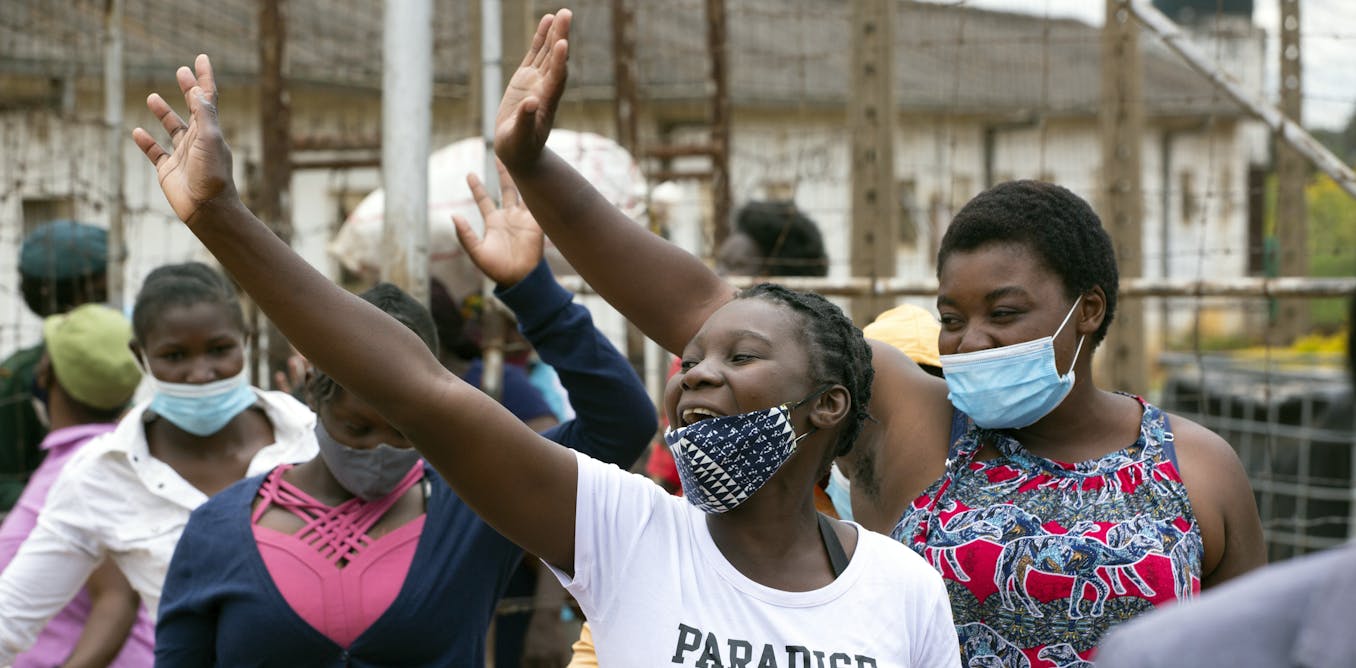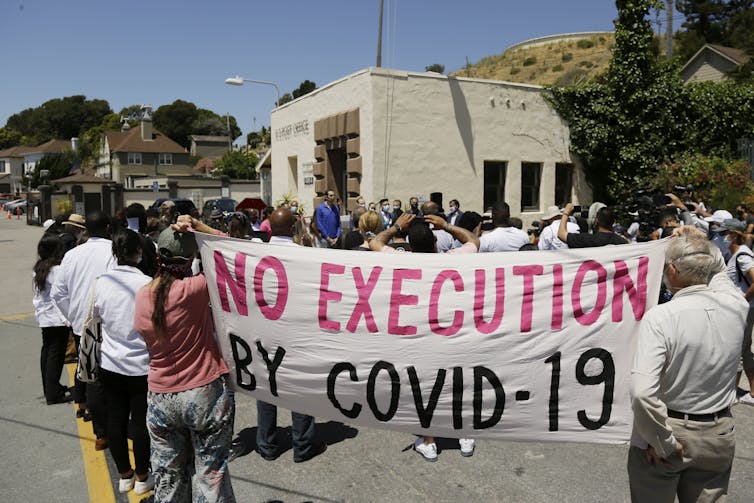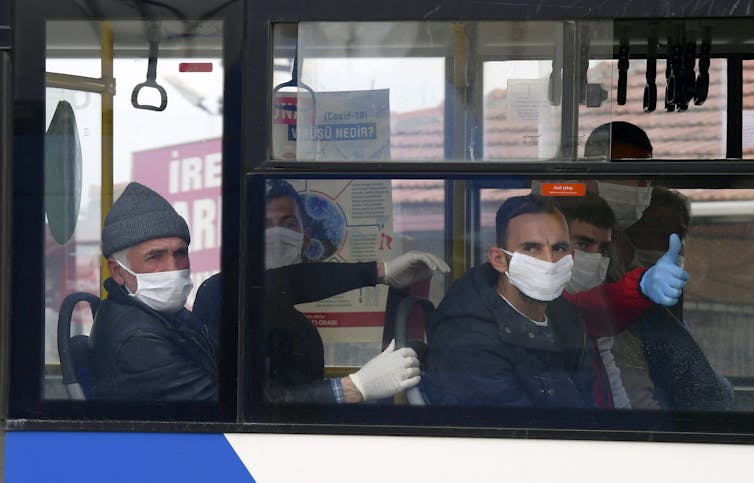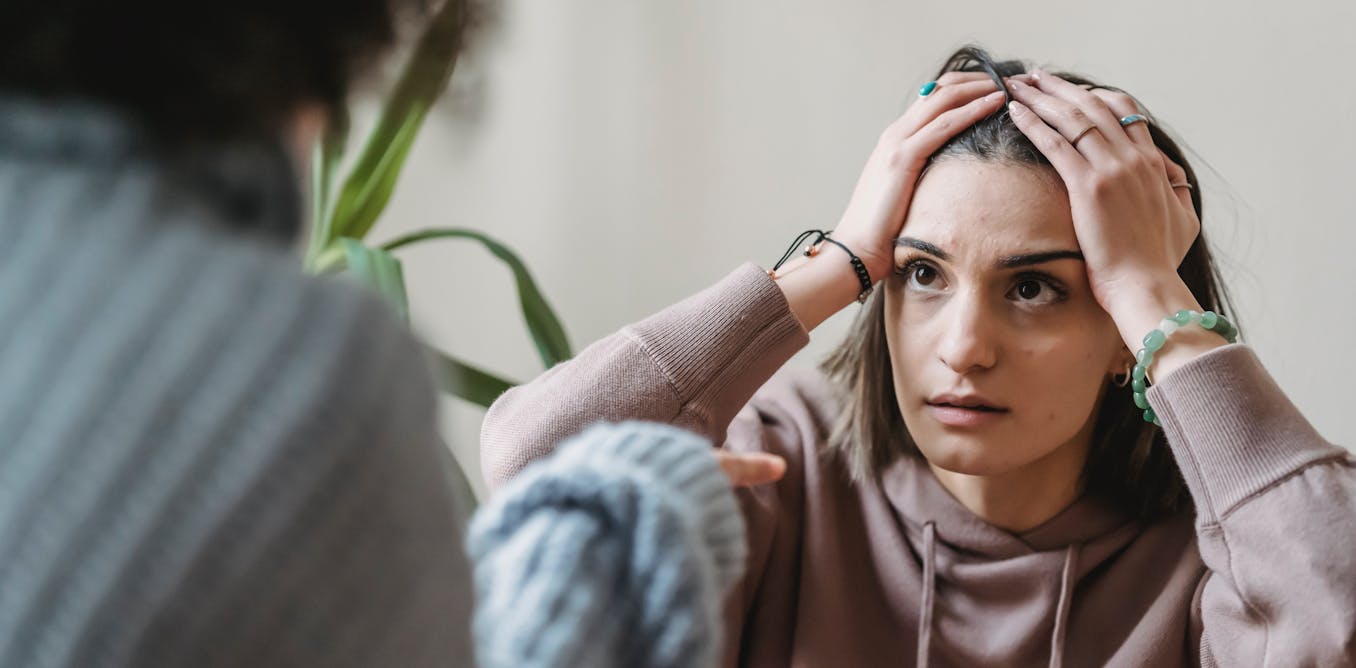More than a million prisoners have been released during COVID-19, but it's not enough
During the first wave of the COVID-19 pandemic, governments around the world released many prisoners, but this has now slowed or stopped. Here’s why those releases should continue.


COVID-19 has had a devastating impact on prisoners. By March 2021, an estimated 527,000 prisoners globally had contracted the virus, a number that has continued to grow as the pandemic goes on.
This, unfortunately, is not surprising.
There are longstanding issues within prisons — overcrowding, inadequate medical treatment and a lack of ventilation to name just a few — that make them spaces where viruses can easily spread.
Many prisoners — who often come from the most marginalized groups in societies — also have underlying medical conditions. Finally, prisoners have not been prioritized when it comes to accessing personal protective equipment or vaccines during the pandemic.
Releasing prisoners during the pandemic
Recognizing these issues, the World Health Organization and other United Nations agencies issued a statement in May 2020 calling on governments around the world to release prisoners who were “at particular risk of COVID-19” and those who “could be released without compromising public safety.”
Since the start of the pandemic, over a million prisoners have reportedly been released worldwide. The largest-scale releases, according to Penal Reform International, have been reported in Turkey (more than 114,000 prisoners), Iran (104,000), the Philippines (82,000), India (68,000), Iraq (62,000) and Ethiopia (40,000).
Some European countries, including France and Norway, reportedly released more than 15 per cent of their prison populations. Jordan released 30 per cent, Penal Reform International statistics show. Releases also occurred in the United States, but prison populations did not decrease significantly, despite the fact that COVID-19 cases were at times 5.5 times higher in prisons than the general population.

In Canada, prisoners were freed across the country during the first wave, mainly from provincial jails, including the release of 2,300 prisoners in Ontario by April 2020.
This is unprecedented. While governments throughout history have granted prisoners early release en masse, including during pandemics or in pursuit of various political agendas, it has never happened on such a large scale.
Read more: How politics have played a big role in the release of prisoners
Problems with pandemic prisoner releases
These releases have had a positive impact on prisoners who have been freed and their families. However, new research, including ongoing work by lawyer and global governance graduate student Ashley Mungai and me, reveals significant issues.
Many governments promised releases, but were slow to follow through. The United Kingdom announced that up to 4,000 prisoners would be considered for release in April 2020, but only 57 were released by May of that year.
Often, there is little publicly available data on releases, making it difficult to hold governments accountable.
For many prisoners, being released did not lead to freedom. Globally, an estimated 42 per cent of prisoners were granted conditional releases. Some were released temporarily, including in Iran.
In the U.S., some of the approximately 23,000 prisoners released to home confinement — which is itself a restriction on one’s freedom — may be sent back to prison after receiving vaccinations.
In Thailand, prisoners were sent to work in factories.
In Myanmar, releases occurred as part of an annual New Year’s amnesty. Historically, many countries have had annual amnesties, such as during Bastille Day in France. But prisoners shouldn’t have to wait for holidays to be freed amid an infectious disease pandemic.
Many categories of prisoners were also excluded from pandemic releases. In Turkey, for example, political prisoners and those awaiting trial were not considered.

Incarceration rates rising
The release of prisoners also appears to be a short-lived response to COVID-19. Since the first wave, when an estimated 475,000 prisoners were released worldwide, far fewer have been freed.
The incarcerated population has actually increased in many countries. While the prison population initially went down by 15 per cent in Canada — including a decrease of 41 per cent in Nova Scotia — it was going up by September 2020, despite the fact that COVID-19 has continued to spread in prisons.
Finally, the number of people released from prison is often much lower than the number being arrested. In Sri Lanka, for example, only 3,000 prisoners have been granted early release, whereas approximately 40,000 have been arrested for violating pandemic curfews.
One of the common concerns raised about releasing prisoners is that it will undermine public safety. Yet research has shown this hasn’t been the case. Instead, it’s clear that governments can release prisoners safely and effectively when there is the political will to do so.
Read more: If Canada is serious about confronting systemic racism, we must abolish prisons
This discussion about public safety also overlooks the fact that prisons do not make communities safer, but rather perpetuate harm. The pandemic has made this more obvious than ever and has also put a spotlight on longstanding problems within prisons.
Instead of being a temporary response to COVID-19, early releases should be one of many decarceration measures implemented to build a future without prisons.![]()
Katherine Bruce-Lockhart receives funding from the Harry Frank Guggenheim Foundation and has previously received funding from SSHRC. She volunteers with the following community organizations: Toronto Prisoners' Rights Project and SURJ (Showing Up for Racial Justice) Toronto.
What's Your Reaction?






























































































